 |
  |
 |
  |
Vija Vetra: A century of dance - Prakhar Bajpai e-mail: shubham706589@gmail.com December 2, 2023 Vija Vetra, the legendary star performer and renowned Latvian dancer from the USA, is a national treasure who specializes in Indian dance forms. She is a dance choreographer and the first dancer who started "the Indian dance movement" in Latvia. Her name carries profound significance and deep meaning. In Latvian, "Vija" means garland, and in Sanskrit, it is pronounced as "Vijaya", meaning victory. "Vetra" means the storm or dark clouds of God Indra. Combining both words from her name simply means "Garland of Victory". Vija, often called the priestess of Indian dance, was born on February 6, 1923, and celebrated her 100th birthday this year. She has resided in the heart of the West Village, New York, since the 1970s and is known as the Westbeth icon. She has been an ambassador of dance, bridging different cultures and hearts and uniting the world through her talent. She is a dance architect who expresses the emotions of life and nature through her dance. Dance is her way of connecting with the universe. 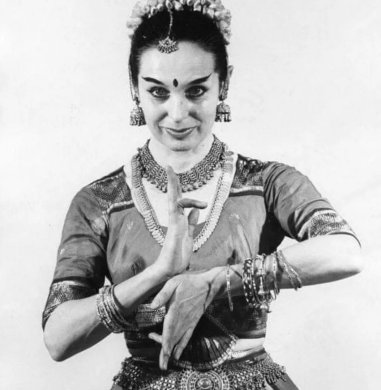 Education Vija received her education at the Vienna Academy of Music and Performing Arts and the Vienna Conservatory dance department of ballet, modern dance, and ethnic dance forms. Her guru in absentia was the legendary Indian dancer Ram Gopal. Initially, she learned the Indian dance form from a book by Ram Gopal and also studied Indian temple sculptures in museums. She was well known as an Indian dancer in Australia, and when later seen performing in London by Ram Gopal, she was invited to Switzerland on tour as his partner and soloist in his dance company. Her patron of art in Australia was Field Marshal of the Indian Army and the Indian High Commissioner to Australia at that time, K. M. Cariappa. Awards and Achievements 1. She is the subject of three documentary films: a. "Heart Beat": This was the first film made about her by the Indian government, distributed among Indian embassies worldwide in the year 1972/1973. b. "Vijaya" (Film Studio Devini, a film company in Riga, Latvia) c. "The World of Vija Vetra" (2007) by Aleksandar Kostic in New York City 2. Two books have been written about her: a. "Vija Vetra: Dance My Lifetime" (text in Latvian and English by the poet Lija Brīdaka) . b. "Vija Vetra: Deja un Dvesele" (in English means dance and soul) by Nora Ikstena and Vija Vetra. 3. In 1999, Vija received the highest civilian award, "The Order of 3 Stars" from the Latvian government. 4. On her birthday in 2023, she received a letter of congratulation from the presidents of the United States and Latvia. 5. The Mayor of New York City declared Vija's birthday on February 6 as "Vija Vetra Day" in New York City. 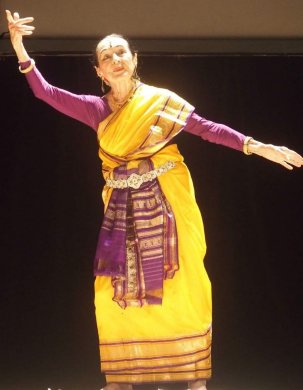 Journey of dance With 80 years of performing worldwide, Vija continues to follow her passion for dance. On invitation of the Council Foundation of Latvia, she visits her homeland Latvia every summer since its independence was re-established in 1990. She performed her programs of dance "east and west" on four continents: Europe, Australia, India and America. She visited India three times, where she performed on stage and television and continued her studies of various Indian dance forms. She was received by then Prime Minister Pandit Jawaharlal Nehru and Indira Gandhi, who called her the bridge between East and West. Vija was the principal dancer in the musical "Kismet" in the role of the Indian princess Samaris and soloist in the royal command performance in Australia for Queen Elizabeth II. She also appeared as a soloist in the opera "Carmen" in London and gave her regular performance in London before her visits to homeland Latvia. In Australia, she had her own TV series of half-hour shows and a series of programs for children, which aired on Sunday nights at 9pm. This year, in the city of Riga, in her native country Latvia, she gave a two-hour jubilee dance performance celebrating her 100 years of life and 80 years of performing. It began with a praise of Shiva Nataraja, the god of dance, and the festival of lights (Diwali), where she danced with her dance group, Rituals. She also presented in modern dance style "the dance of fate" and "wounded migrating bird" choreographed to the music especially composed for her by well-known Latvian composer Arturs Maskats. 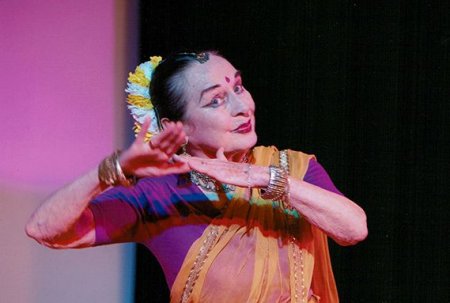 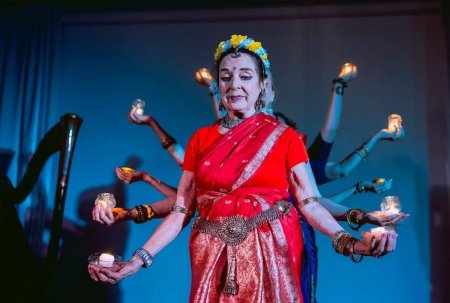 It was after seeing the ballet "Swan Lake" in the Riga Opera House at the age of 5 that Vija deeply wished to become a dancer. However, her family opposed her wish. To pursue her dream, she ran away from home at the age of 16 and reached Vienna, visiting her aunt. There, she was accepted as a dance student in the Academy of Music and Performing Arts dance department in Vienna and later at the Vienna Conservatory. There, she studied full-time and also performed in theaters and films during World War II. At one time, she was buried alive under the rubble of a bombed building but was later rescued. As the Soviet army occupied Vienna, Vija left on the last refugee train to the West and became a war refugee. Vija spent 3 years in refugee camps in Germany and then migrated to Australia, where she had to complete a 2 year working contract with the government as a nursing aid in a hospital. After that, she opened her own dance studio in Sydney and later in Melbourne, where she gave her dance performance and took part in the beginnings of Australian television in her own program series. There she began her Indian dancing and became an epitome of Indian dance. From here, she visited India for the first time and then went on to revisit Europe. She lived in Australia for 16 years. She was invited on a coast-to-coast dance tour of America and Canada. After being invited to perform in many universities and colleges, she settled in New York City and opened her own dance studio, which she transferred to the newly opened artist center Westbeth in the year 1970. Here she is called "one of the icons of Westbeth". Conclusion This is the remarkable artistic journey of a powerful woman who was once crushed nearly to death on the last train out of Austria but later turned into a well-known dancer. Her significant contributions to the field of dance will forever inspire young artistes. She always carries a divine smile. From her, we can learn to confront negativity with a smile. She says that dance is a symbol of life, as anything alive is constantly in motion. When it comes to age, she says that things get old, not humans. With years, humans accumulate richness in life experience and hopefully wisdom. When asked for the secret of her long life during many interviews, her answer is, "Never grow up! Be like a child, curious about everything around you so you can learn constantly something new and also do not lose the wonder and joy over the beauty in small things." 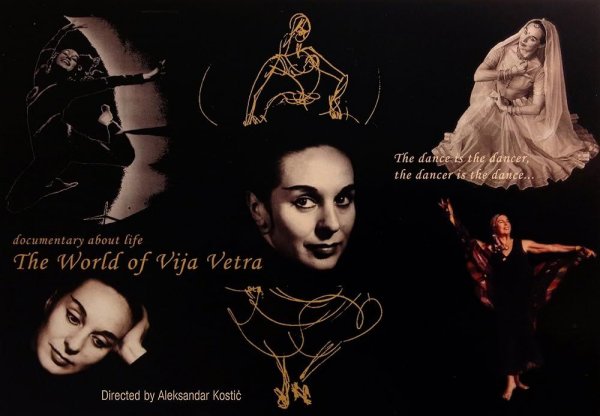 Special thanks from the author: I would like to extend my special thanks to Vija Vetra, who has been my idol since the first time I saw her on the American TV show ‘Mister Rogers' Neighborhood' in 2002 during my childhood. 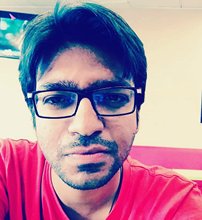 An engineer turned writer, Prakhar Bajpai is an Indian author with a passion for uniting the world through his writing. Response * Happy birthday, Vija. So wonderful to see your long powerful international artistic life spelled out in detail for the Artists in Westbeth. I feel proud to know you 💕 - Westbeth Icon Jack Davidson (Dec 15, 2023) * 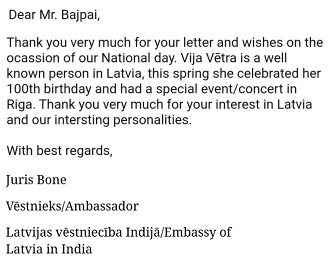 Post your comments Please provide your name and email id along with your comment. All appropriate comments posted with name and email id in the blog will also be featured in the site. |